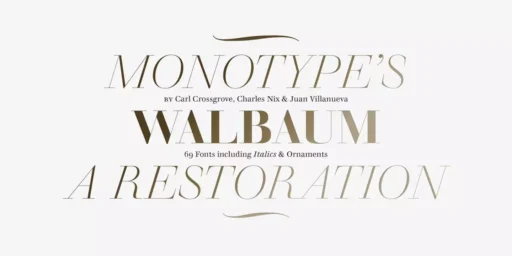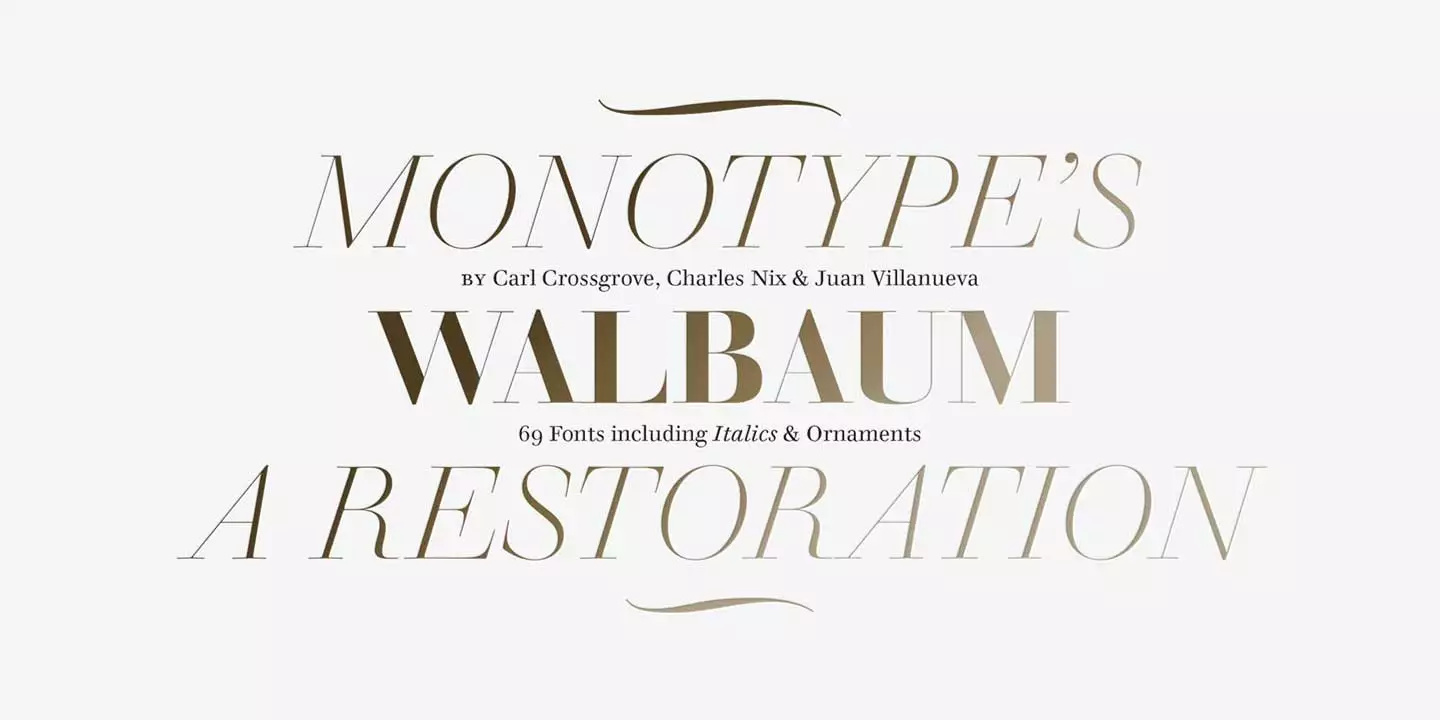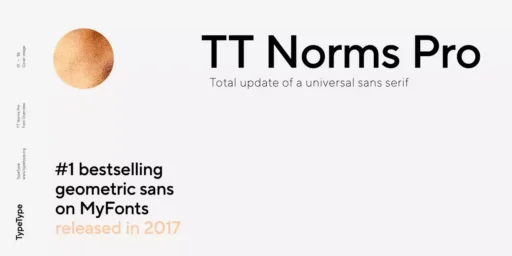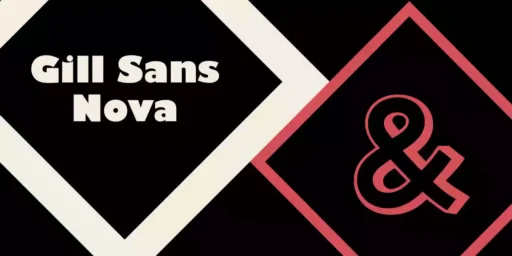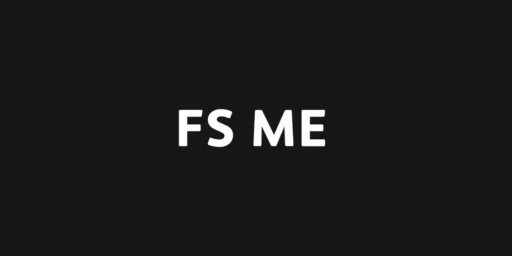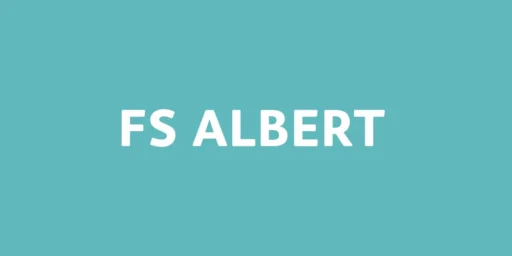The Walbaum font is a timeless, classic typeface highly regarded in the design world. It is noted for its grace, refinement, and flexibility, which is why it is one of the favorites of designers and typographers. The font was developed by a German punchcutter and type designer, Justus Erich Walbaum, at the end of the 18th century. Since then, it has become a favorite in the design industry, with various uses in print media, advertising, and branding, among others.
Walbaum History
The Walbaum font was created in the late 40s of the 18th century by Justus Erich Walbaum. Walbaum was a famous punchcutter and type designer known for his careful attention to detail and original designs. The typeface was created to bring the elegance associated with Didone typefaces and improve their legibility and readability.
With time, some changes and adjustments took place to make the font suitable for the changing design industry. Several versions of the typeface were developed, each with their peculiarities and variations. These changes kept the font alive and famous throughout the years, making it a timeless choice for designers.
Walbaum Features
Walbaum font is representative of typefaces with a high contrast between the thick and thin strokes, which makes the typeface look elegant and sophisticated. The letterforms are very well proportioned, with ascenders and descenders that are quite tall, all of which contribute to the air of grace with which the font presents itself. The serifs are fine and soft, adding to the elegance of the font.
The Walbaum font is one of the unique fonts that can be used in various design applications. It is pretty versatile, functioning well in both large display sizes and small body text, and therefore fits with multiple projects. The font’s legibility and readability are also worthy, making it a viable option for both print and digital media.
Similar Fonts to Walbaum
Although the Walbaum font has its own characteristics, there are quite a number of other fonts that are nearly alike. Minion Pro is one such typeface, and it is also from the Didone classification. Its high contrast and sharp serifs are similar to those of the Walbaum font. Nevertheless, Bodoni is somewhat more geometric and contemporary than Walbaum.
Didot is another typeface that has characteristics similar to those of Walbaum. Another Didone typeface, Didot, like Walbaum, is elegant and stylish. Nevertheless, Didot has a stronger thick-thin stroke contrast that results in a more dramatic look than Walbaum.
Walbaum Font Free Download









